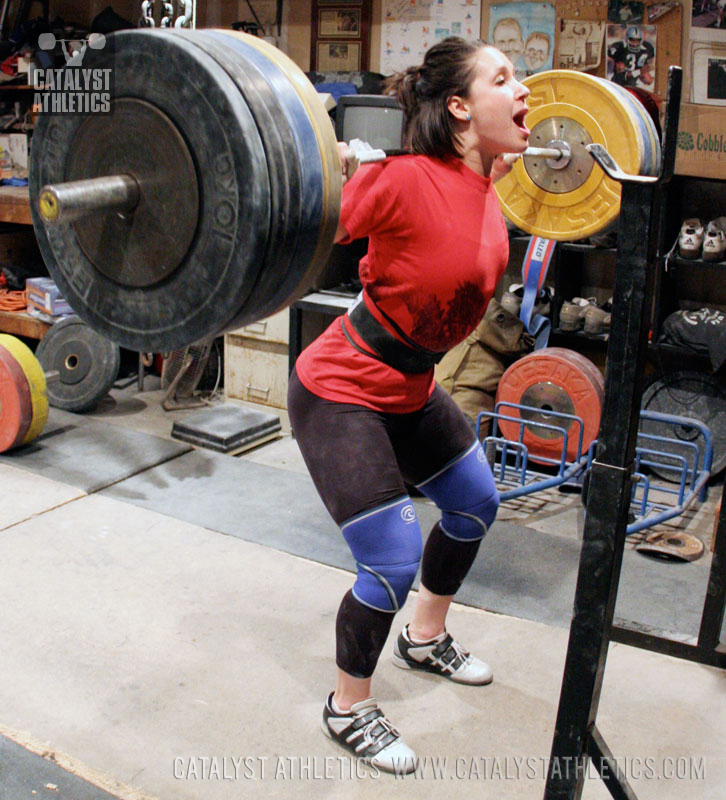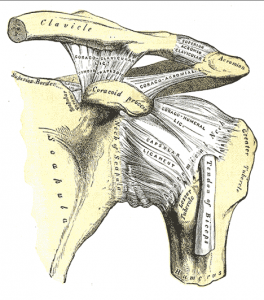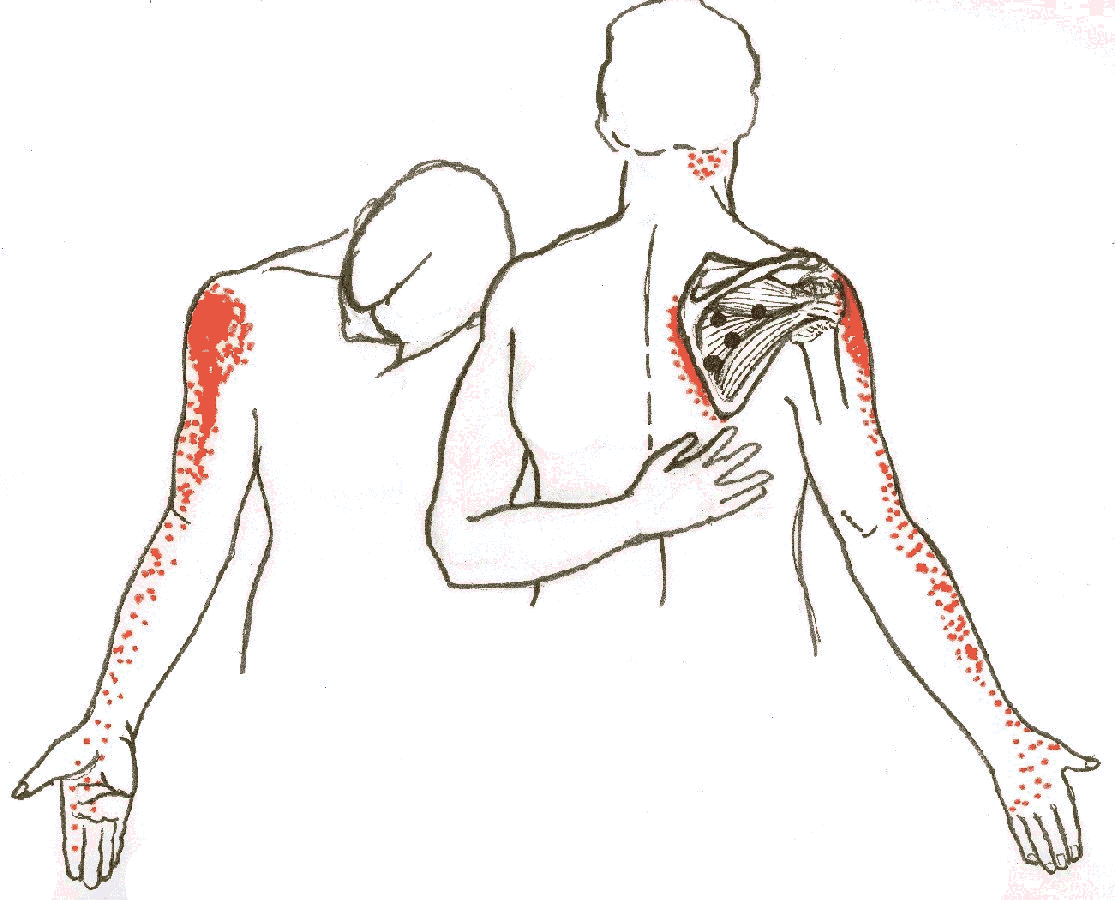“Athletic performance and preparation are typically impaired when an athlete is sore or injured. Thus, any practice that limits the extent of damage or hastens recovery would be of interest and practical value to the coach, trainer, or therapist.” - Connolly (linked below)
Delayed onset muscle soreness (DOMS) is defined as the pain and stiffness felt in muscles several hours to days after unaccustomed or strenuous exercise. The soreness is felt most strongly 24 to 72 hours after exercise and is caused by eccentric (lengthening) exercise, which causes microtrauma to the muscle fibers. (source: http://en.wikipedia.org/wiki/Delayed_onset_muscle_soreness)
Research
Here are two articles I found interesting with regards to researching DOMS – the mechanism for injury and pain, training considerations after experiencing DOMS, and common prevention/treatment strategies:




